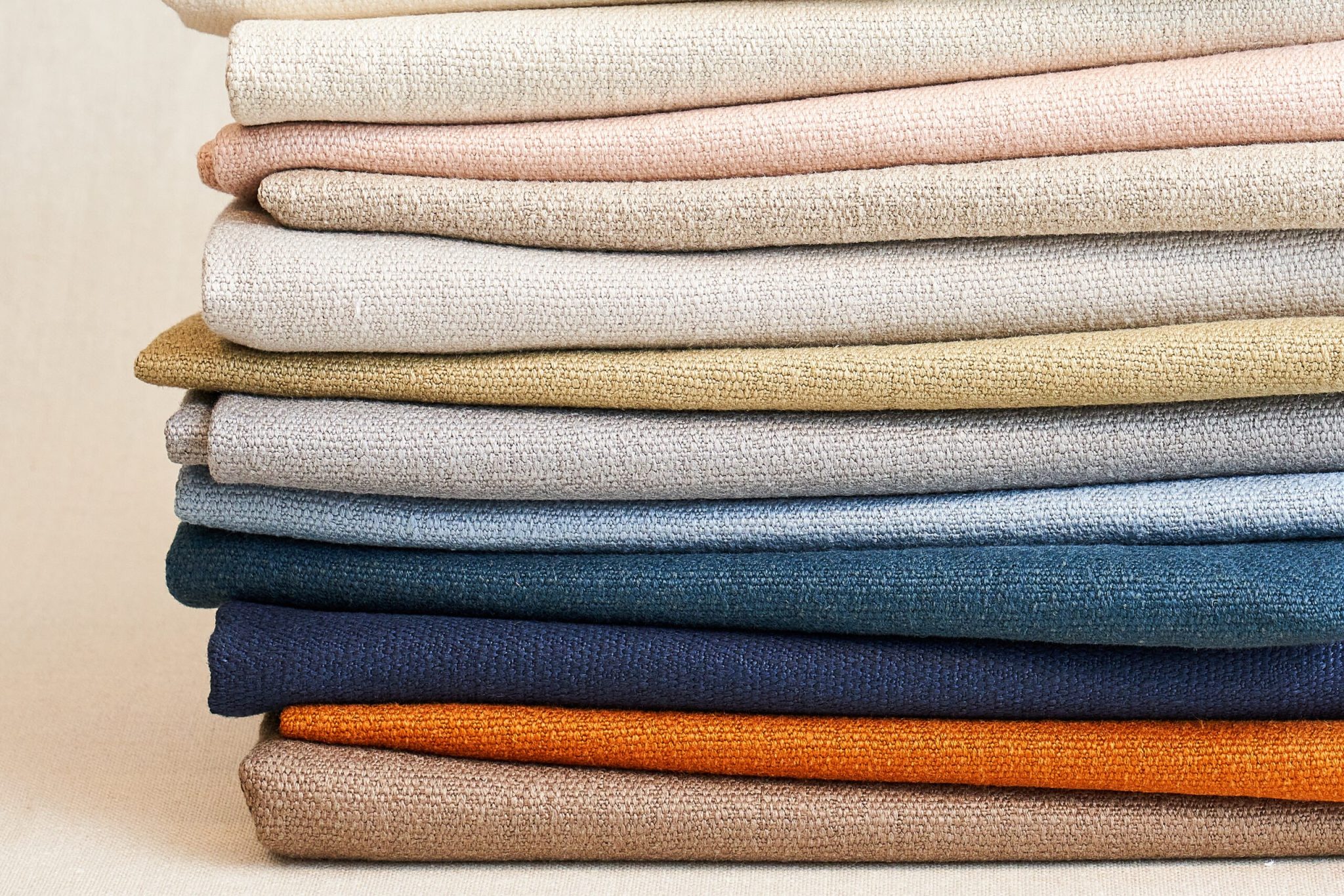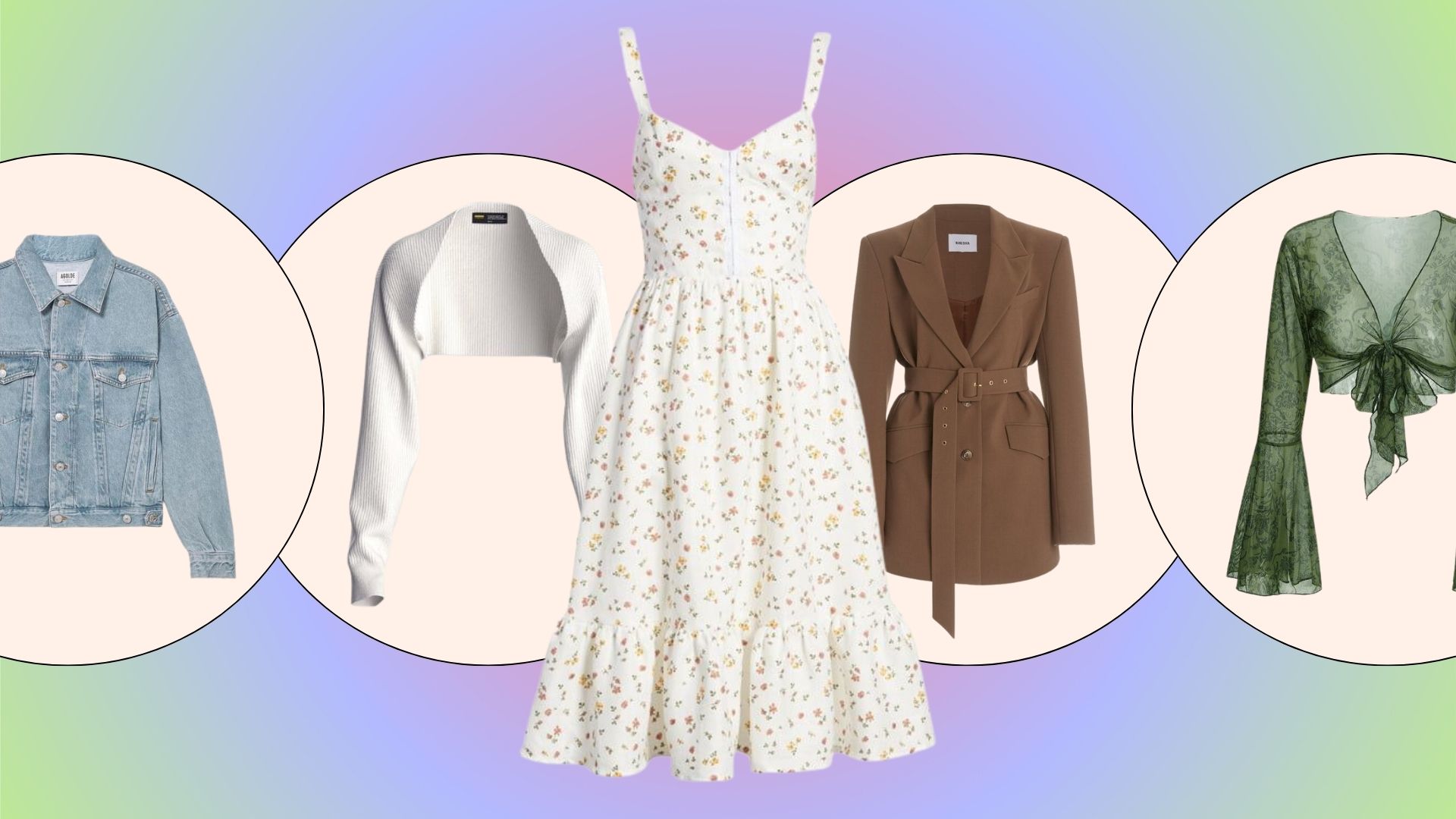Cotton, a natural fiber that has been in use for millennia, remains an essential component of the fashion industry. Its ubiquity in a range of clothing items, from jeans to underwear and outerwear, is a testament to its versatility and enduring popularity. In this guide, we will explore the benefits of this fiber, its role in the fashion world, and how it intertwines with various aspects of our wardrobes.
A Brief History
The use of this fiber dates back to ancient civilizations, with evidence of its cultivation found in the Indus Valley, Egypt, and South America. Over the centuries, advancements in technology have led to increased production, making it one of the most widely utilized natural fibers in the world. Its affordability, comfort, and adaptability have contributed to its widespread incorporation into the fashion industry.
The Many Benefits of This Fiber
Breathability: One of the main reasons this material is so popular in clothing is its breathability. The natural fibers allow air to circulate, ensuring that garments made from it remain cool and comfortable, even in hot and humid climates.
Moisture Absorption: The fibers are highly absorbent, wicking moisture away from the skin and allowing it to evaporate. This property makes it ideal for activewear, undergarments, and summer attire.
Durability: The strength of the fibers makes them resistant to wear and tear, ensuring that garments made from the material can withstand regular use and frequent laundering.
Hypoallergenic: The natural fibers are gentle on the skin, making it a suitable choice for those with sensitive skin or allergies.
Versatility: The fiber can be woven into various fabrics, such as denim, flannel, and jersey, allowing for a diverse range of garments to be created from it.
Denim: A Staple in the Fashion Industry
Denim, a sturdy cotton fabric, has played an essential role in the world of fashion for over a century. Jeans, the most popular denim garment, have become synonymous with casual attire and are now a staple in wardrobes across the globe. From classic blue jeans to trendy distressed styles, the material has continuously evolved to cater to the ever-changing fashion landscape.
This fiber’s durability and comfort have made denim a preferred choice for workwear, with jackets and overalls also commonly crafted from the fabric. The versatility of denim means it can be easily dressed up or down, making it a must-have item for any wardrobe.
Undergarments: A Foundation for Comfort
When it comes to undergarments, comfort is key. The breathable and absorbent nature of this fiber makes it an ideal choice for underwear, ensuring all-day comfort and reducing the risk of irritation. In addition to traditional briefs and boxers, the fabric is often used in sports bras and other performance undergarments, providing support and wicking moisture away from the skin during physical activity.
Tops: From Casual to Formal
The adaptability of this material is evident in the variety of tops available, ranging from casual T-shirts and tank tops to more formal dress shirts. Lightweight and soft, garments made from cotton are perfect for layering or wearing alone, making them suitable for any occasion.
One popular type of fabric made from this fiber is jersey, which is used for T-shirts, casual dresses, and loungewear. Its stretchability and softness make it a comfortable option for everyday wear.
Outerwear: Protecting and Styling
Outerwear crafted from the material serves as a stylish and functional addition to any wardrobe. Cotton jackets, such as the classic trench coat, offer protection from the elements while maintaining breathability, ensuring comfort during transitional seasons.
The fabric’s versatility extends to other outerwear options, including parkas, anoraks, and windbreakers, providing varying levels of insulation and protection. For a more sustainable choice, many brands now offer outerwear made from organic or recycled fibers, contributing to a more eco-friendly fashion industry.
Cotton Blends: The Best of Both Worlds
While pure cotton garments offer numerous benefits, blending it with other fibers can enhance its properties and create a more diverse range of fabrics. Some popular blends include:
Cotton-polyester: This blend combines the breathability and comfort of cotton with the durability and wrinkle resistance of polyester. The result is a low-maintenance fabric that retains its shape and is less prone to shrinking.
Cotton-spandex: Adding spandex to cotton fabric provides elasticity, creating garments that are form-fitting and stretchy. This blend is particularly popular in activewear, where freedom of movement is essential.
Cotton-linen: Combining the two natural fibers creates a lightweight, breathable fabric with a unique texture. This blend is often used for summer clothing, as it is more wrinkle-resistant than pure linen while maintaining its cooling properties.
Caring for Your Cotton Garments
As consumers become more environmentally conscious, the fashion industry is increasingly focusing on sustainable and ethical practices. This shift has led to the rise in popularity of organic cotton, which is grown without synthetic pesticides or genetically modified seeds, reducing the environmental impact of its production.
Furthermore, fair-trade certifications ensure that farmers and workers in the supply chain receive fair wages and work in safe conditions, promoting ethical practices within the industry. By opting for garments made from organic and fair-trade materials, consumers can make more sustainable and ethical choices when building their wardrobes.
To prolong the lifespan of your garments and maintain their appearance, it is essential to care for them correctly. Here are some general tips for looking after your clothing:
Washing: Follow the care label instructions on each garment. Most items can be machine-washed, but delicate fabrics may require hand washing or a gentle cycle. Use a mild detergent to preserve the fabric’s integrity.
Drying: Whenever possible, air dry your garments to reduce the risk of shrinkage and maintain their shape. If using a dryer, choose a low-heat setting.
Ironing: The material can be prone to wrinkling. To keep your garments looking crisp, use a warm iron with steam as needed. Ensure the fabric is slightly damp before ironing for the best results.
Storing: Store your clothing in a cool, dry place, away from direct sunlight. Fold heavier items, such as jeans and jackets, to prevent stretching and use padded hangers for lighter garments to maintain their shape.
Conclusion
Cotton’s versatility, comfort, and durability have secured its place as a cornerstone of the fashion industry. Its presence in everything from jeans to outerwear showcases the adaptability of the fiber, making it a reliable choice for a wide variety of garments. By understanding the benefits and applications of cotton in fashion, consumers can make informed decisions when selecting clothing items, ensuring a comfortable, stylish, and sustainable wardrobe.
Published by Malcolm Trapp








